As the vibrant days of summer unfurl, there’s no better time to embrace the joy and satisfaction of outdoor gardening. Whether you’re just starting out or you’ve spent years digging in the soil, the thrill of seeing your garden burst into life is a universal pleasure. This guide, “Best Outdoor Plants for Summer,” is crafted to help you make the most of this season with an array of plants that thrive in the warm, sun-soaked months.
For both novices and seasoned green thumbs, selecting the right plants can transform your outdoor space into a lush, welcoming oasis. Our carefully curated list not only highlights plants that are visually stunning but also resilient and easy to maintain, ensuring your gardening efforts reap beautiful rewards. With practical tips and insights, you’ll gain the confidence to cultivate your summer garden with ease, turning your vision into a flourishing reality.
Lavender (Heat-Tolerant Aromatic Blooms)
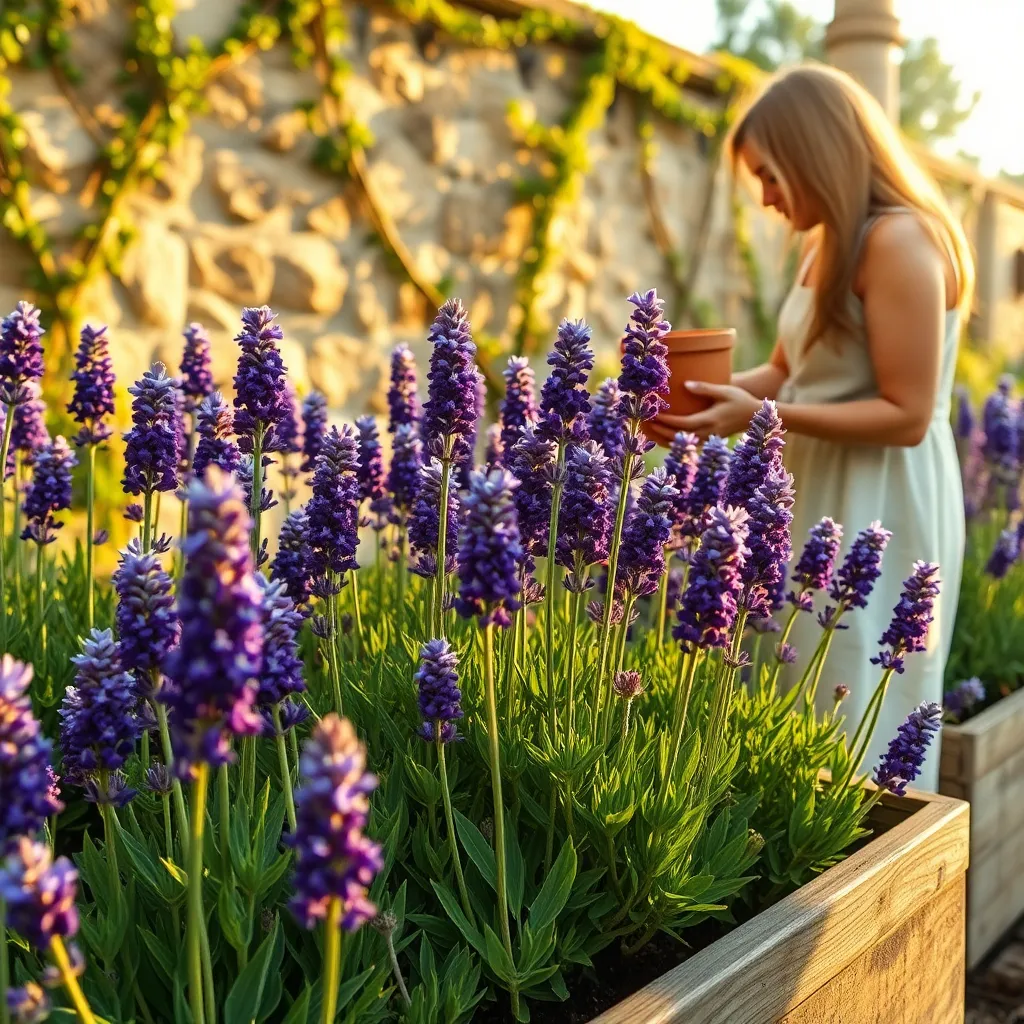
Lavender is a versatile and heat-tolerant plant that thrives in the summer sun, making it an excellent choice for outdoor gardens. To ensure optimal growth, plant lavender in well-drained soil with a slightly alkaline pH, and choose a location that receives at least six hours of direct sunlight each day.
Water lavender sparingly, as overwatering can lead to root rot. A good rule of thumb is to let the soil dry out completely between waterings, especially in humid climates.
For those looking to maximize the aromatic potential of their lavender, consider pruning regularly. Prune back the plants in early spring to encourage new growth and again in late summer after the first bloom to maintain shape and promote a second flowering.
Advanced gardeners may want to experiment with propagating lavender through cuttings, which can be a rewarding way to expand your garden. Take cuttings in the spring or early summer from non-flowering shoots, and root them in a mixture of sand and compost for best results.
Basil (Sun-Loving Culinary Herb)
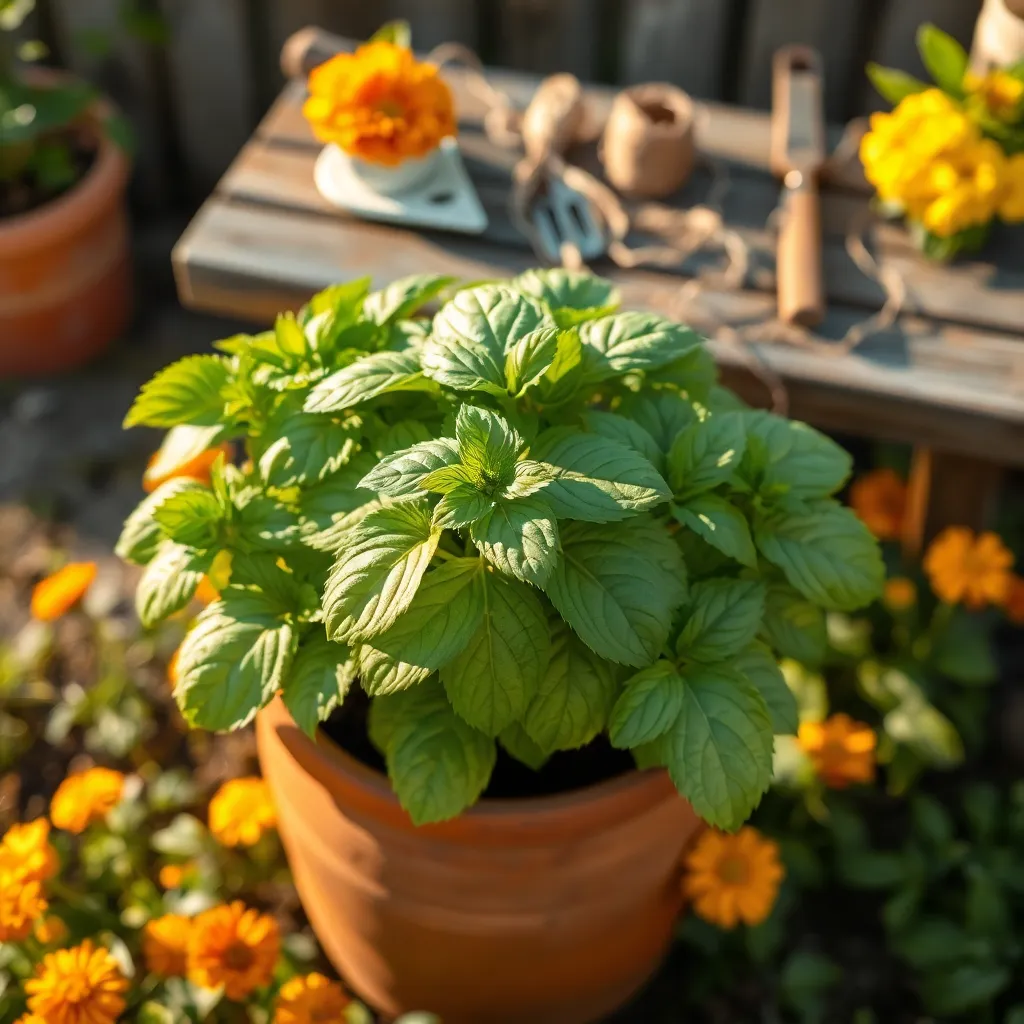
Basil is a quintessential summer herb that thrives in warm sunlight, making it a perfect addition to any outdoor garden. To ensure a bountiful harvest, plant basil in a spot that receives at least 6 to 8 hours of full sun daily.
For optimal growth, basil prefers well-drained soil rich in organic matter, such as compost or well-rotted manure. Ensure the soil remains consistently moist but not waterlogged; a good practice is to water when the top inch of soil feels dry.
Beginner gardeners will appreciate basil’s rapid growth and easy maintenance, while more experienced gardeners can experiment with different basil varieties like Thai or lemon basil for diverse flavors. Pruning regularly is key to encouraging bushy growth; snip the top leaves just above a pair of leaves to promote new branches.
To extend your basil’s growing season, consider planting it in pots that can be brought indoors during cooler nights. Fertilizing every 4 to 6 weeks with a balanced, organic fertilizer will keep your basil thriving and ensure robust, flavorful leaves.
Automatic Water Timers (Efficient Hydration Control)
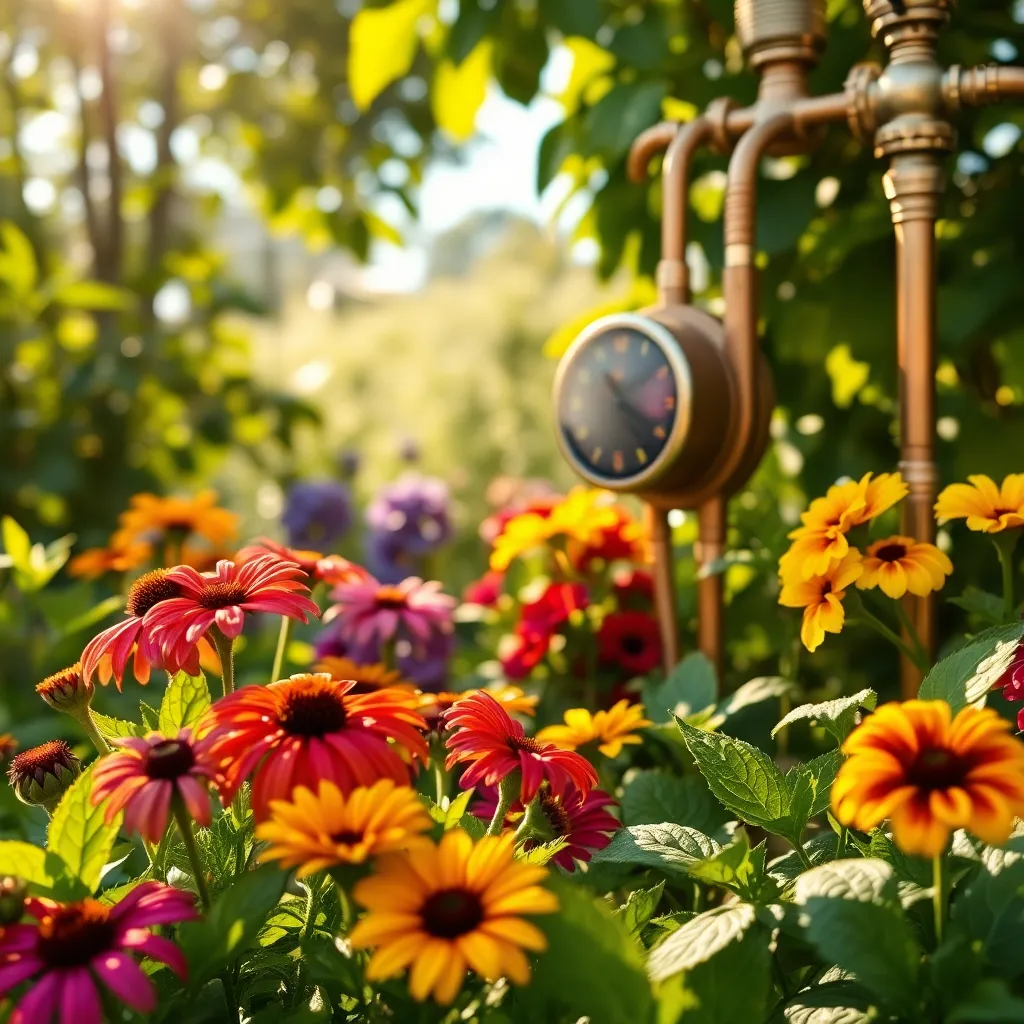
Automatic water timers are an invaluable tool for managing your garden’s hydration needs efficiently, especially during the hot summer months. They allow you to set specific watering times, ensuring your plants receive consistent moisture without the risk of overwatering.
For beginners, start by setting your timer to water early in the morning when evaporation rates are lower. This practice helps your plants absorb water effectively and reduces the risk of fungal diseases that thrive in damp conditions.
Experienced gardeners can take advantage of timers by programming different watering schedules for various plant types. For example, cacti and succulents may require less frequent watering than thirsty herbs like basil, which benefit from consistent moisture.
It’s crucial to adjust your timer settings as the season progresses and weather patterns change. During particularly hot spells, increase the watering frequency slightly to compensate for increased evaporation.
Consider using a moisture sensor in conjunction with your automatic timer for even more precise watering control. This device will help ensure that your plants only receive water when the soil is dry, preventing wastage and promoting healthy root growth.
Remember, the key to using an automatic water timer effectively is regular monitoring and adjustment based on your plants’ needs and local weather conditions. By doing so, you’ll maintain a lush, thriving garden all summer long.
SunPatiens (Vibrant, Heat-Resistant Flowers)
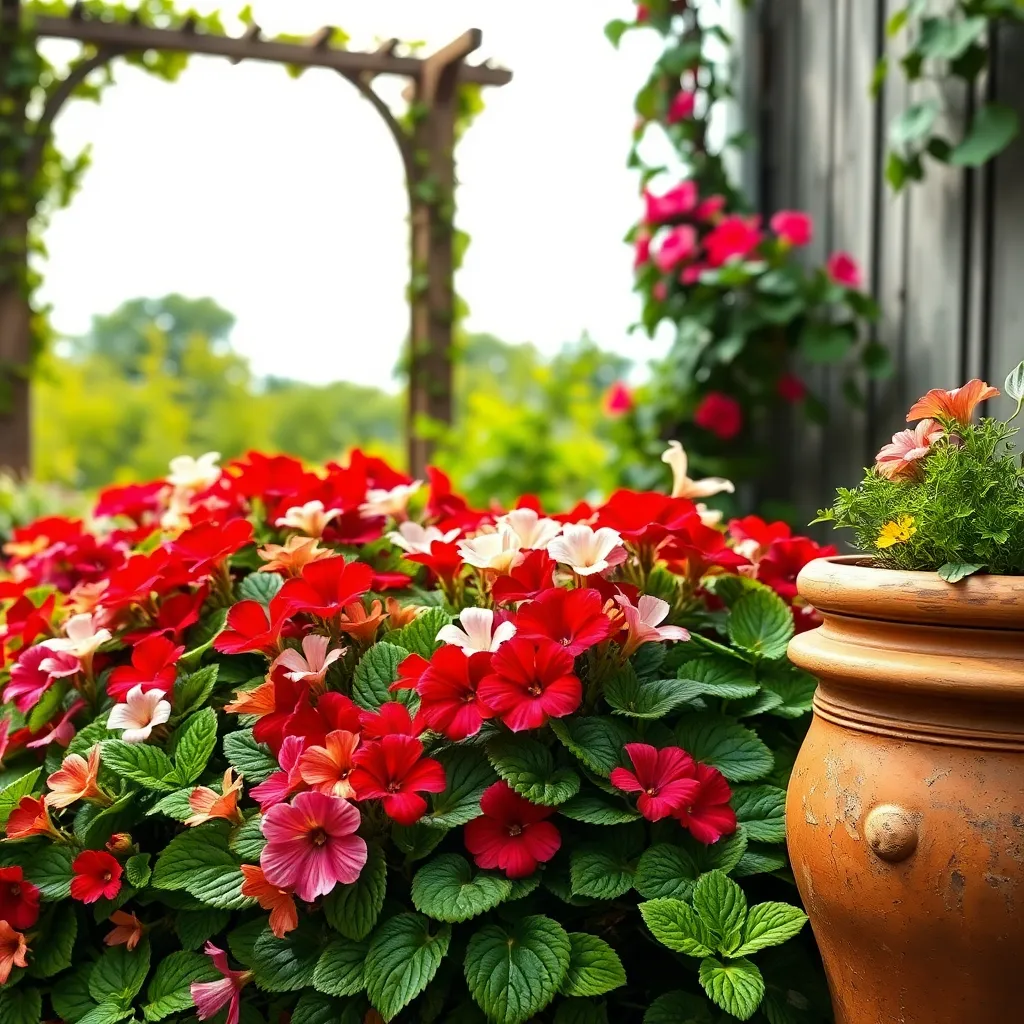
SunPatiens are a fantastic choice for summer gardens due to their vibrant blooms and remarkable heat resistance. These hybrids of traditional impatiens thrive in full sun to partial shade, making them versatile additions to any outdoor space.
To ensure healthy growth, plant SunPatiens in well-draining soil enriched with organic matter. Water them consistently, aiming to keep the soil evenly moist but not waterlogged, especially during the hotter months.
Fertilizing is essential for maintaining their vigorous blooms throughout the season. Apply a balanced, slow-release fertilizer every six weeks to promote continuous flowering and lush foliage.
For gardeners seeking more advanced tips, consider deadheading spent flowers to encourage new growth and enhance the plant’s overall appearance. Additionally, monitor for pests such as aphids and mites, treating promptly with insecticidal soap if necessary.
Mulch (Moisture Retention and Weed Prevention)
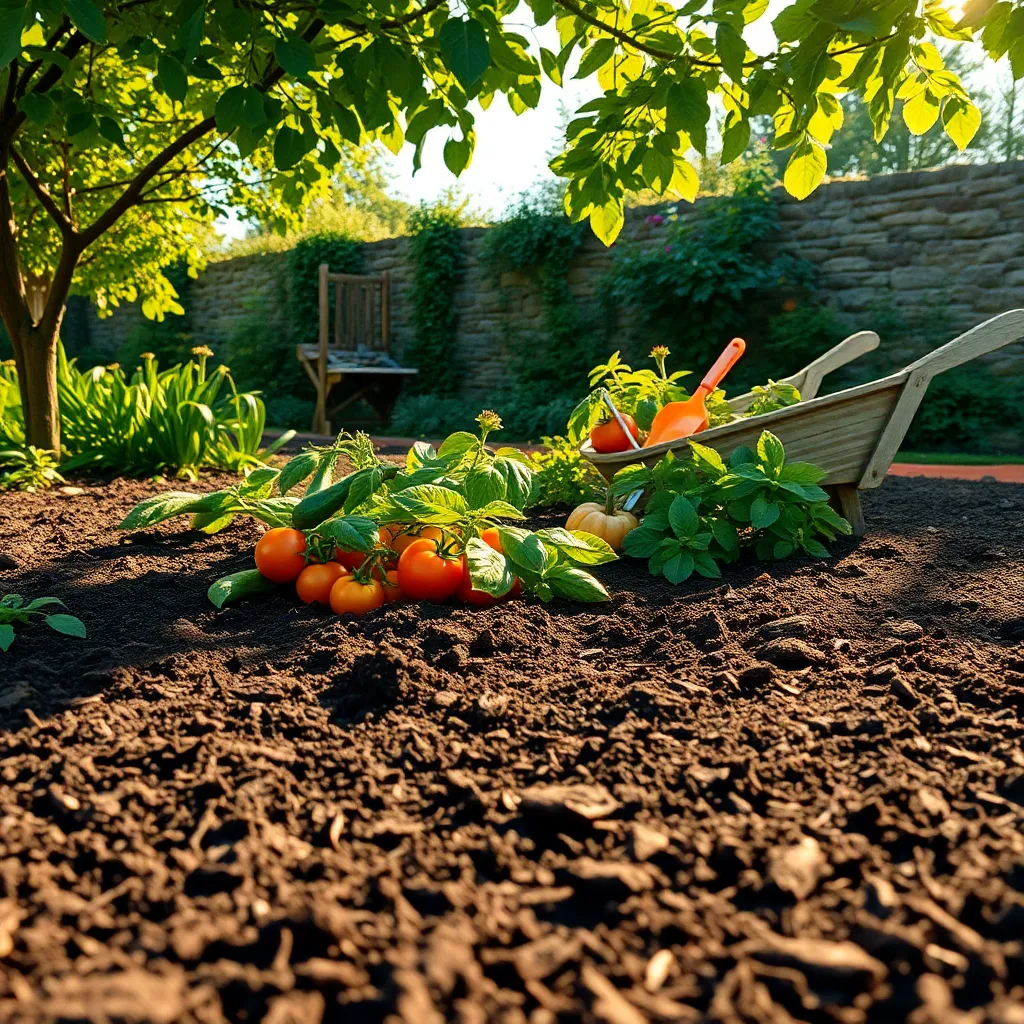
To ensure your outdoor plants thrive during summer, consider using mulch for moisture retention and weed prevention. Mulch acts as a protective barrier, keeping soil temperatures stable and reducing evaporation, which is crucial during hot months.
Applying mulch can also significantly reduce weed growth, allowing your plants to get the nutrients they need without competition. Choose organic options like bark, straw, or shredded leaves, which not only suppress weeds but also enrich the soil as they decompose.
Begin by spreading a 2 to 3-inch layer of mulch around your plants, taking care to leave a small gap around the stem to prevent rot. This practice helps retain soil moisture, which means you can water less frequently, saving time and resources.
For those looking to take their gardening to the next level, consider using different types of mulch for various plants to optimize their growth conditions. For instance, pine needles are ideal for acid-loving plants like azaleas, while wood chips are suitable for trees and shrubs.
Conclusion: Growing Success with These Plants
As we wrap up our exploration of the best outdoor plants for summer, we’ve uncovered five key relationship concepts that nature so beautifully illustrates: nurturing growth, celebrating diversity, providing support, embracing change, and cultivating resilience. Just as the right plants can transform a garden, these principles can rejuvenate and strengthen your relationships. Now, it’s time to put these insights into action. Why not start by selecting a plant that resonates with you and plant it together with your partner or friends? This simple yet meaningful activity can serve as a symbol of your shared commitment to growing together.
Don’t let this valuable information slip away. Bookmark this article now, so you can revisit these insights and continue to cultivate thriving relationships. Remember, just as plants need the right conditions to flourish, so do your relationships. By applying these concepts, you can look forward to a future filled with deeper connections and enduring bonds. Your journey towards relationship success is ongoing, and with each step, you’re creating a lush, vibrant landscape of love and understanding. Embrace the journey, and let your relationships bloom.
